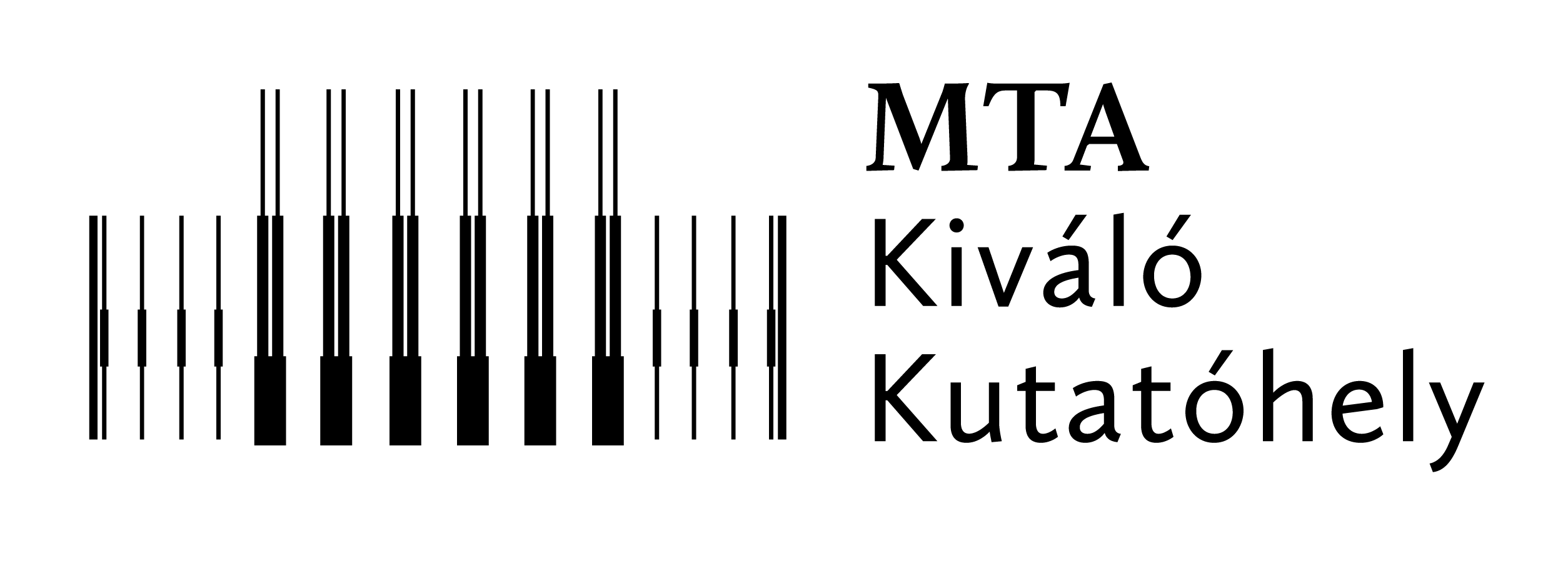Előadó: Varró Sándor (SZFI, ELI-ALPS)
Az előadás témája: Notes on black-body radiation and stimulated emission
Az előadás időpontja: 2020. december 15., kedd, 10.00
Helyszín: videokonferencia, https://letsmeet.wigner.hu/szeminarium
Összefoglaló:
The study of the physical bases of stimulated emission and black-body radiation have been closely related from the very beginning. We feel it justified to devote some time for their joint analysis, in particular, in the present year, when we celebrate the 60th anniversary of the invention of the LASER (Light Amplification by Stimulated Emission of Radiation). Moreover, one should also keep in mind that in the course of his work on black-body radiation, Planck discovered the elementary quantum of action h just 120 years ago. In the present talk, though we shall highlight some moments in the development of the laser during the past 60 years, the emphasis shall be put on the fundamental aspects. Our purpose is on one hand to discuss some lesser known historical facts concerning the stimulated emission of radiation as appeared in the works of Planck (1911) and Einstein (1916). On the other hand, we present our recent results; a new phenomenological derivation of the entropy of a Planckian oscillator, and the building up of its connection with the fractal dimension of the relative frequencies of the excitation of a Bohr atom in thermal equilibrium. In the first part of the talk, we summarize Einstein's famous derivation (1916) of the Planck formula for black-body radiation, in which he introduced the concept of stimulated emission. Then we discuss Planck's so-called second theory (which have been worked out earlier, in 1911) and show that it already implicitely contained the process of stimulated emission (besides the zero-point energy and the so-called Bose distribution). On the basis of critiques by Landé (1925) and Heitler (1925) of Einstein's derivation we draw attention to the correct interpretation of the so-called 'A and B coefficients'. In the second part of the talk, we show that if we map the relative frequencies of the excitations of a two-level system to the unit interval, then the Planck entropy is directly connected to the (temperature-dependent) Hausdorff dimension of the set of excitations represented in this interval. Finally, we shall go back to the very beginnings, and consider Planck's interpolation formula for the entropy, which resulted in the first correct expression for the spectral density of the black-body radiation 120 years ago. We will show that by relaxing the phenomenological scaling law for the 'degree of irreversibility' introduced by Planck, it is possible to derive this entropy formula, without any apparent quantization.



